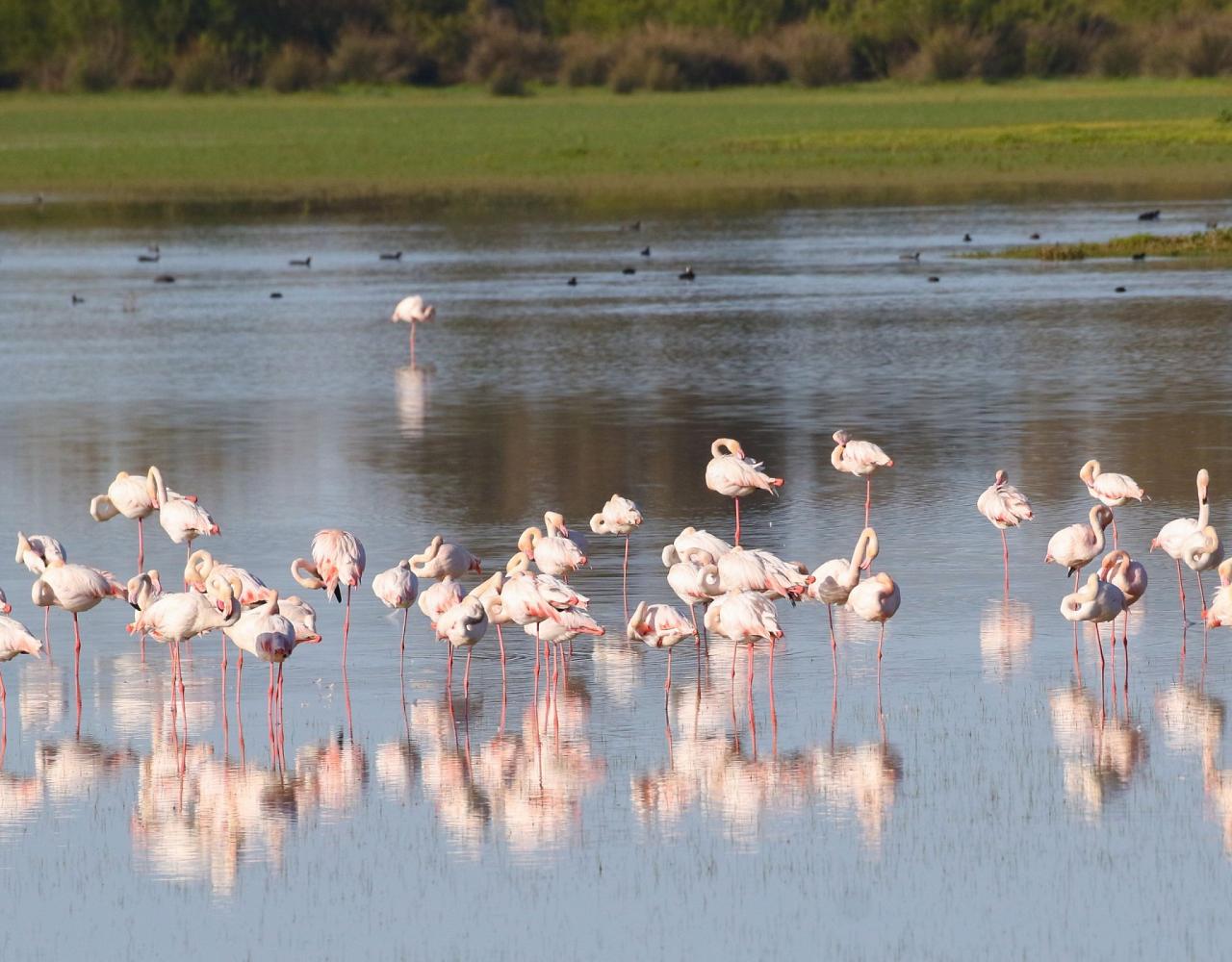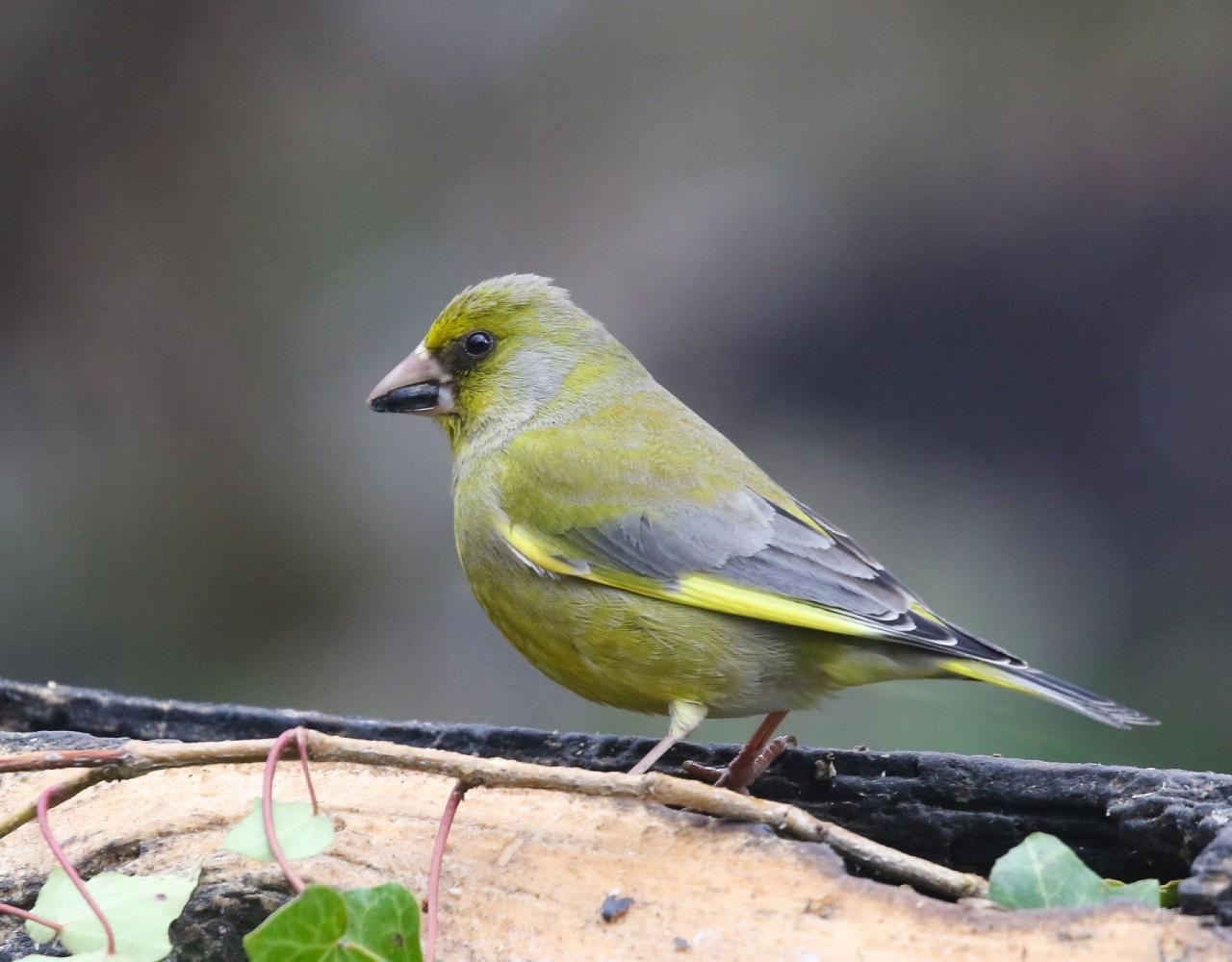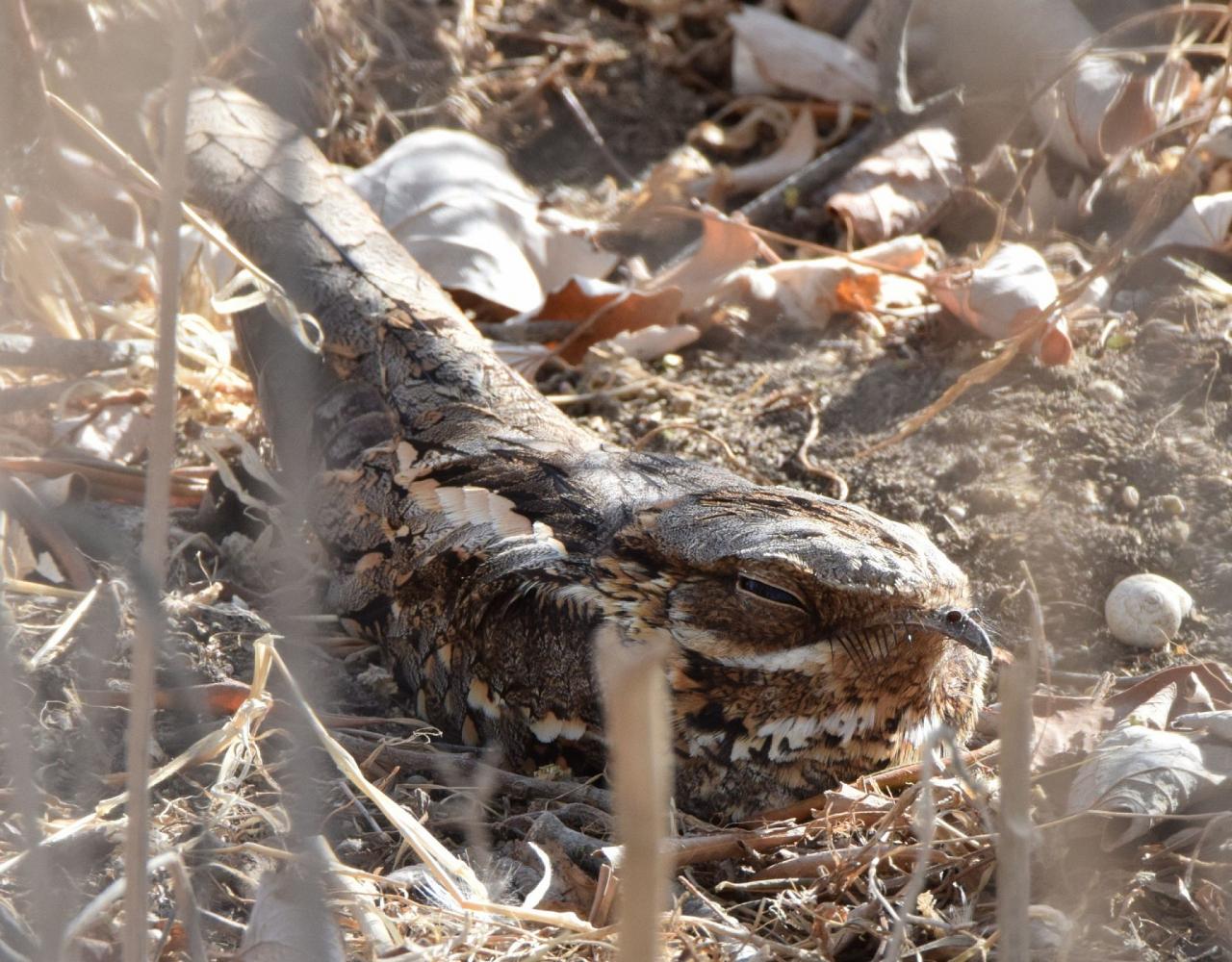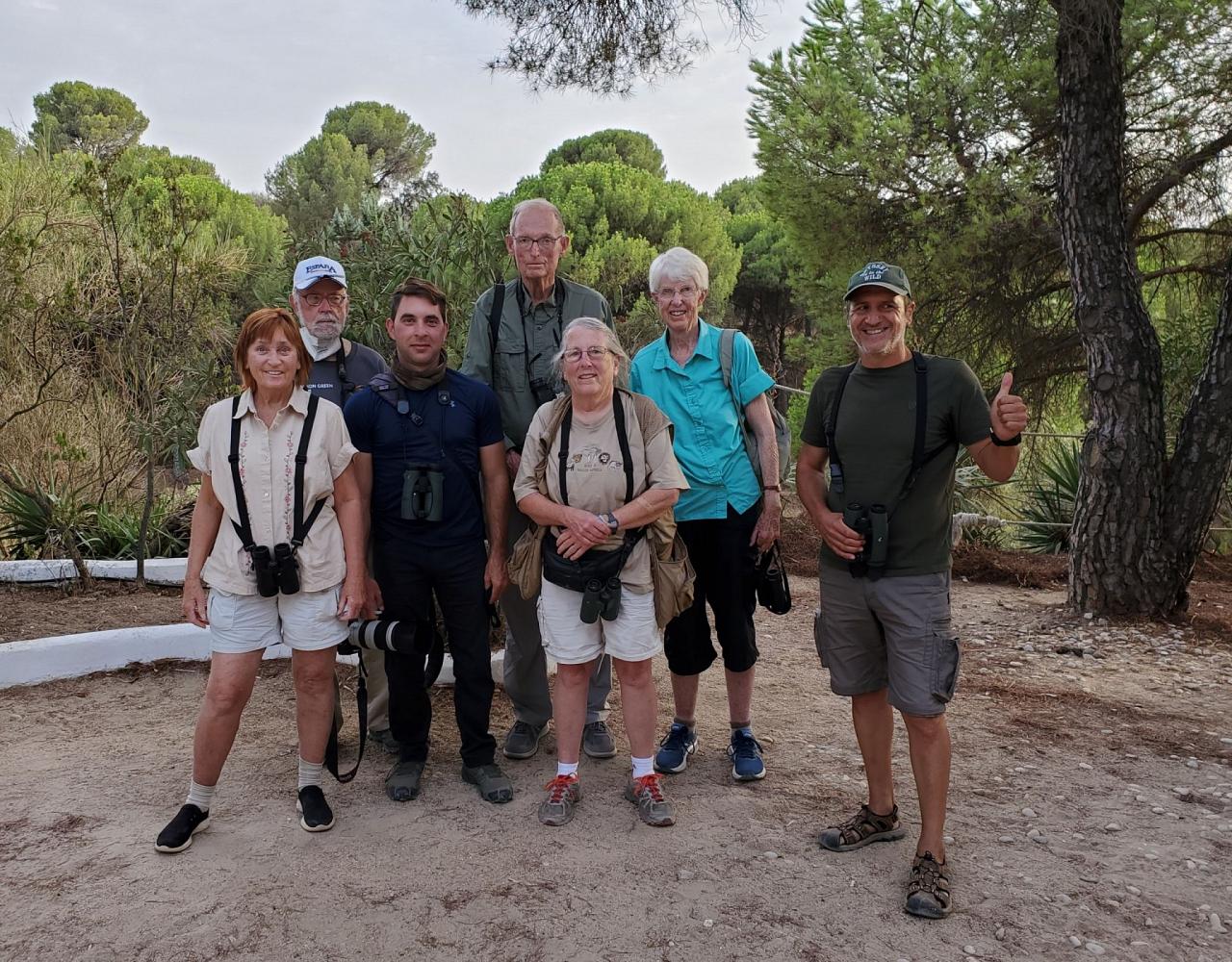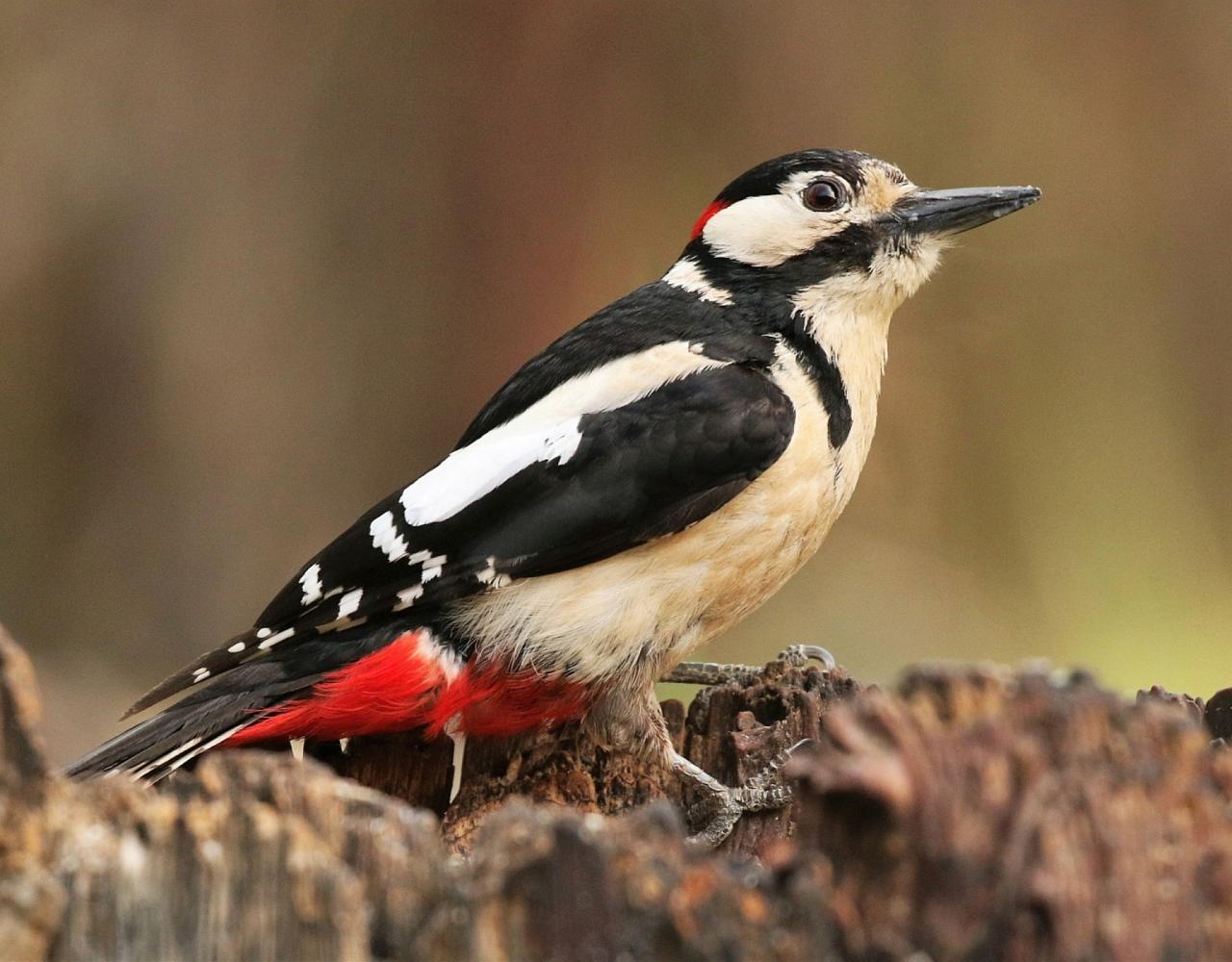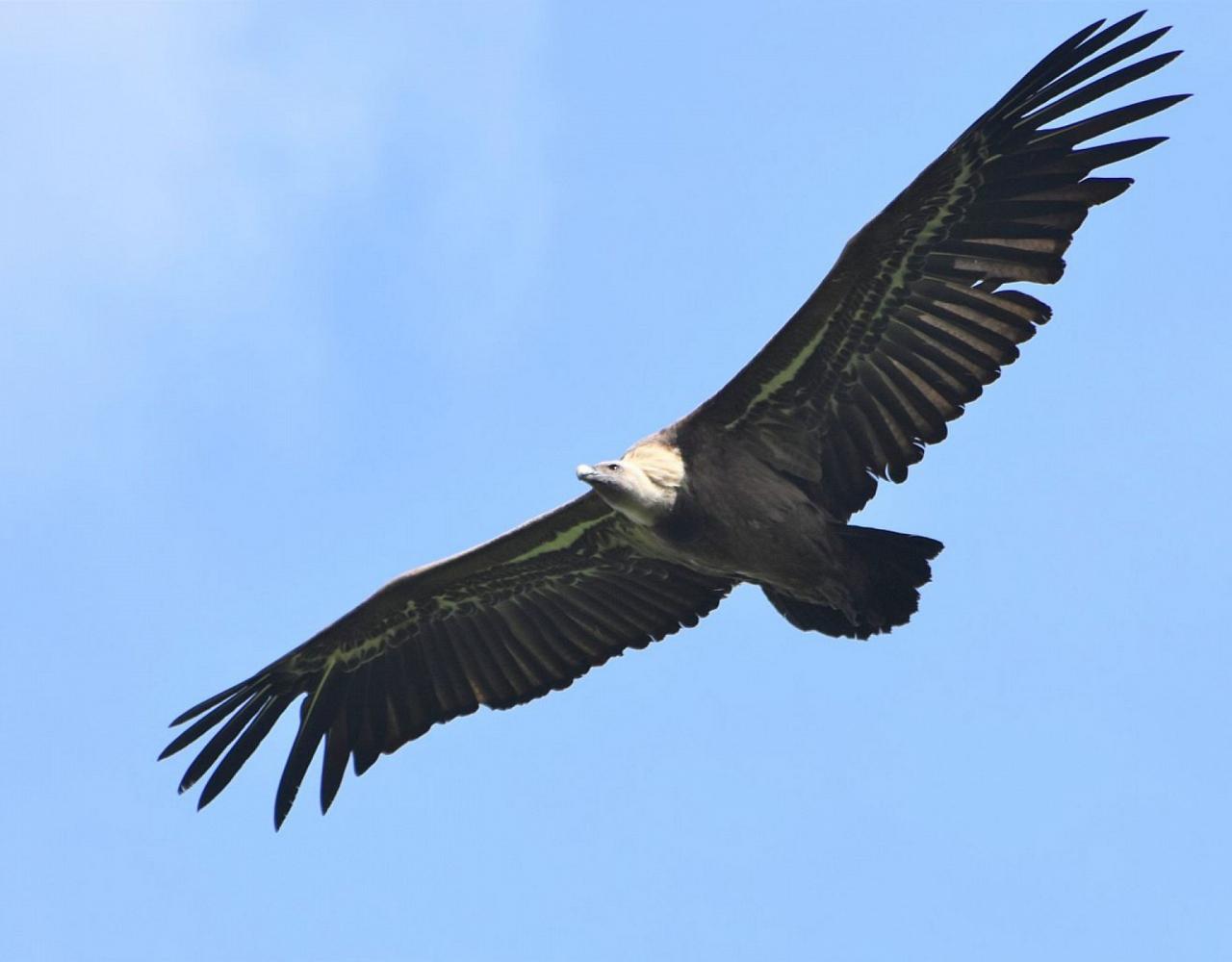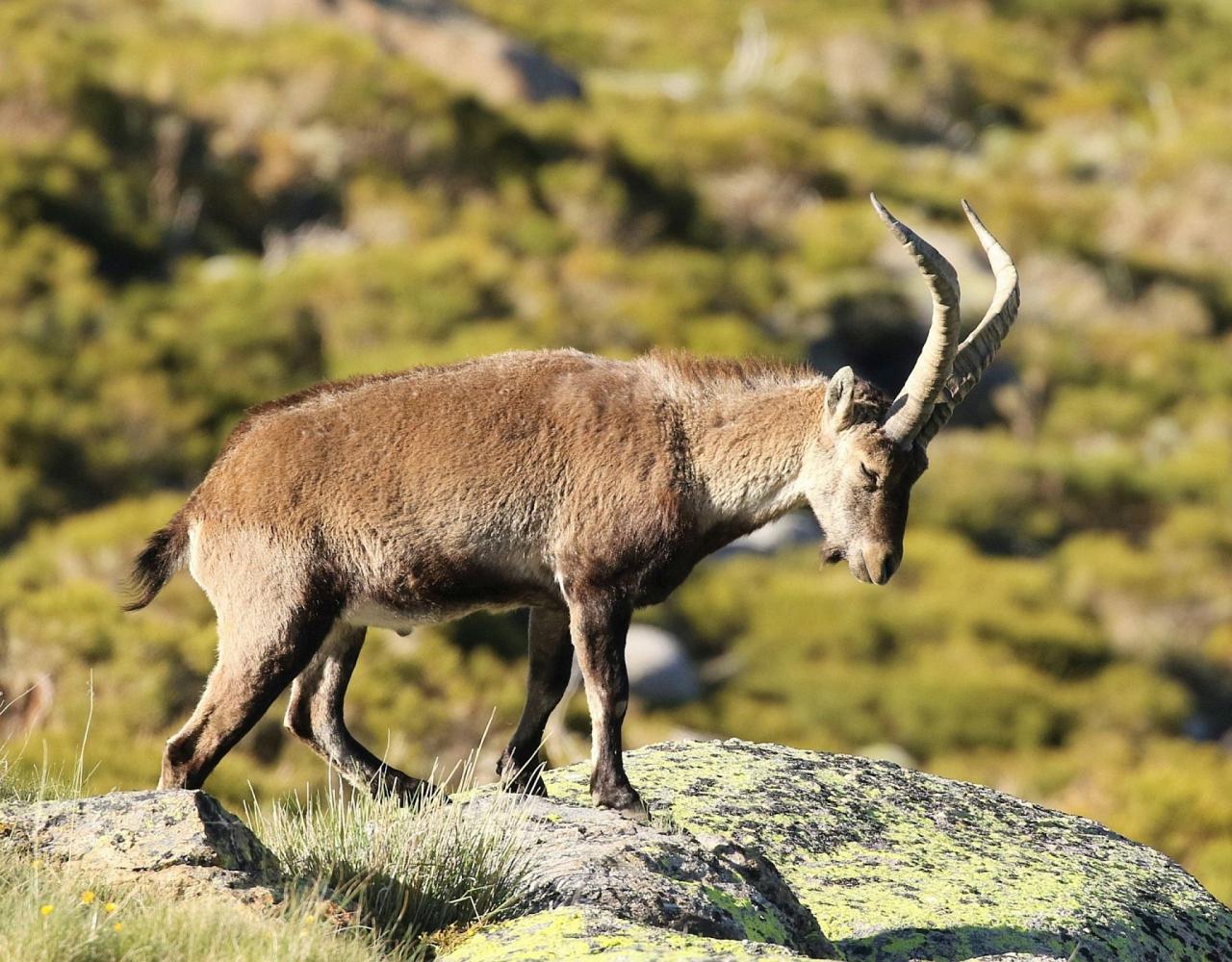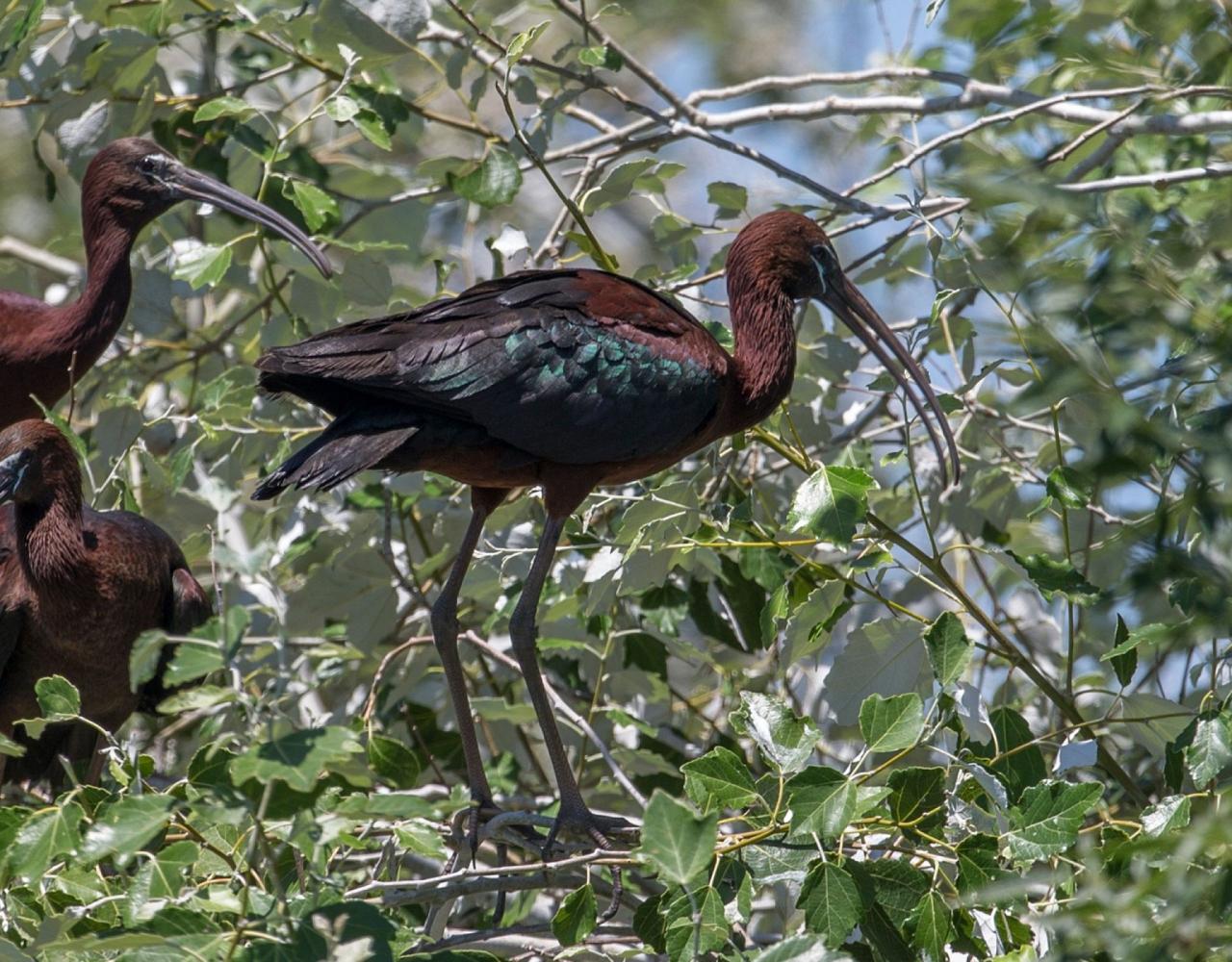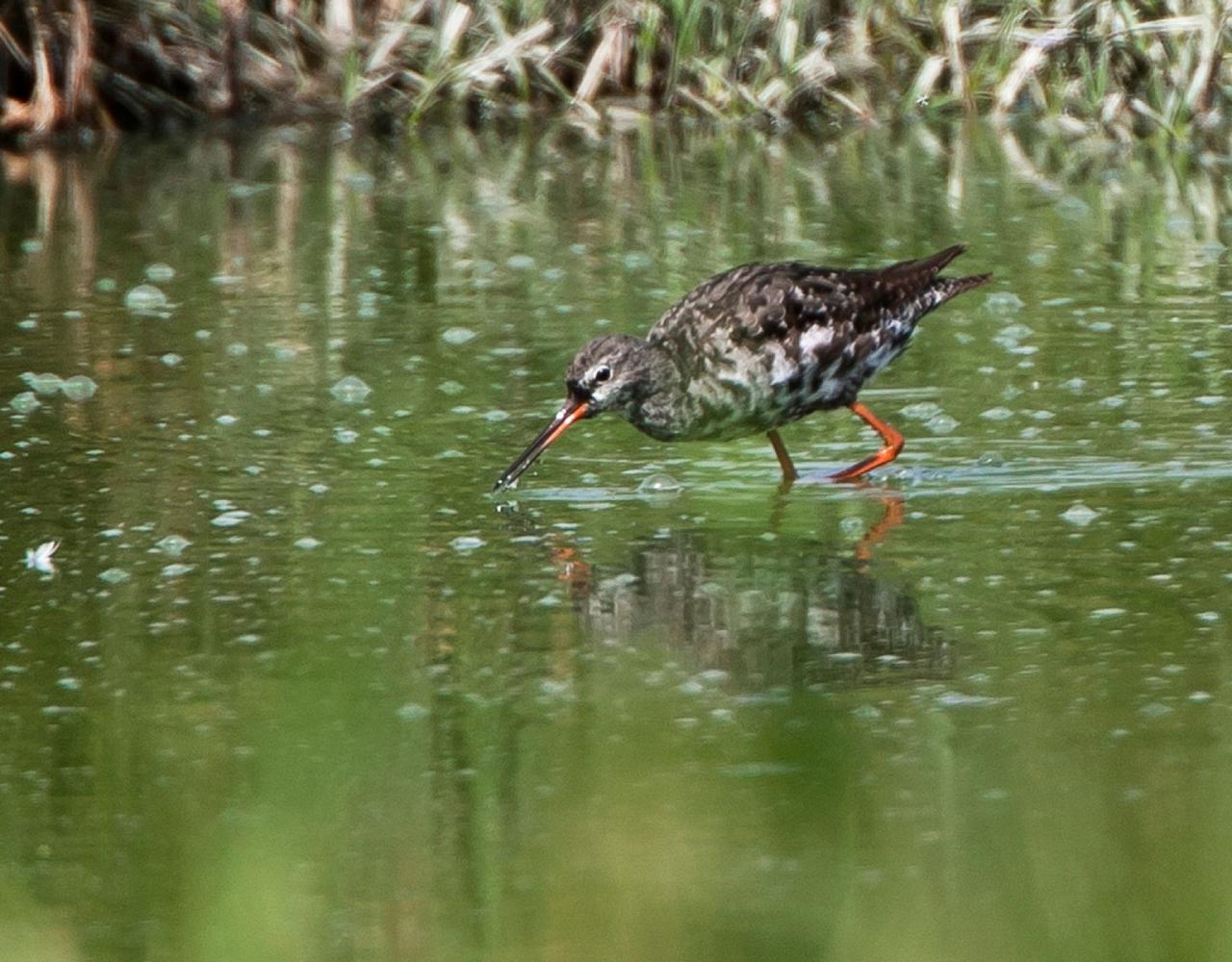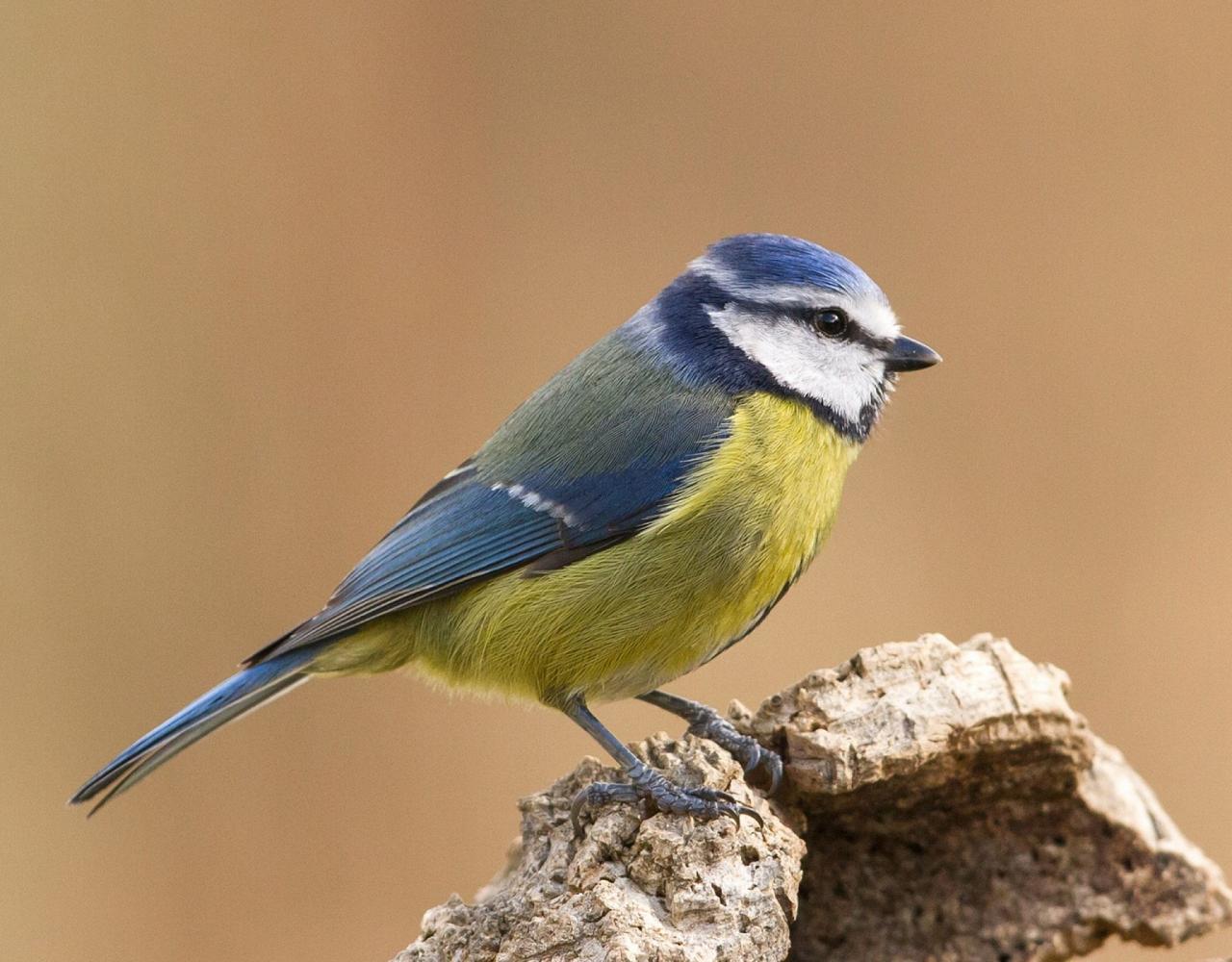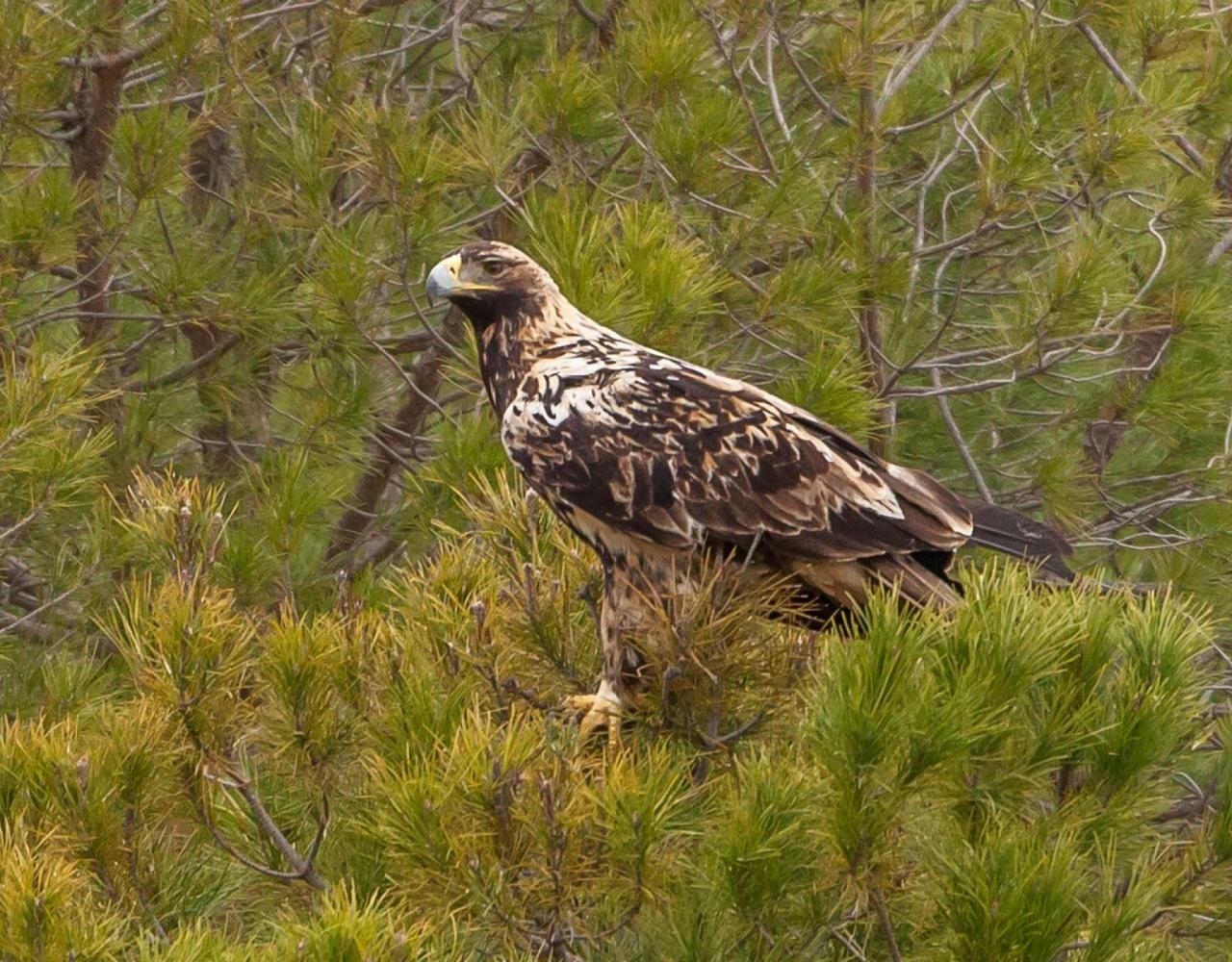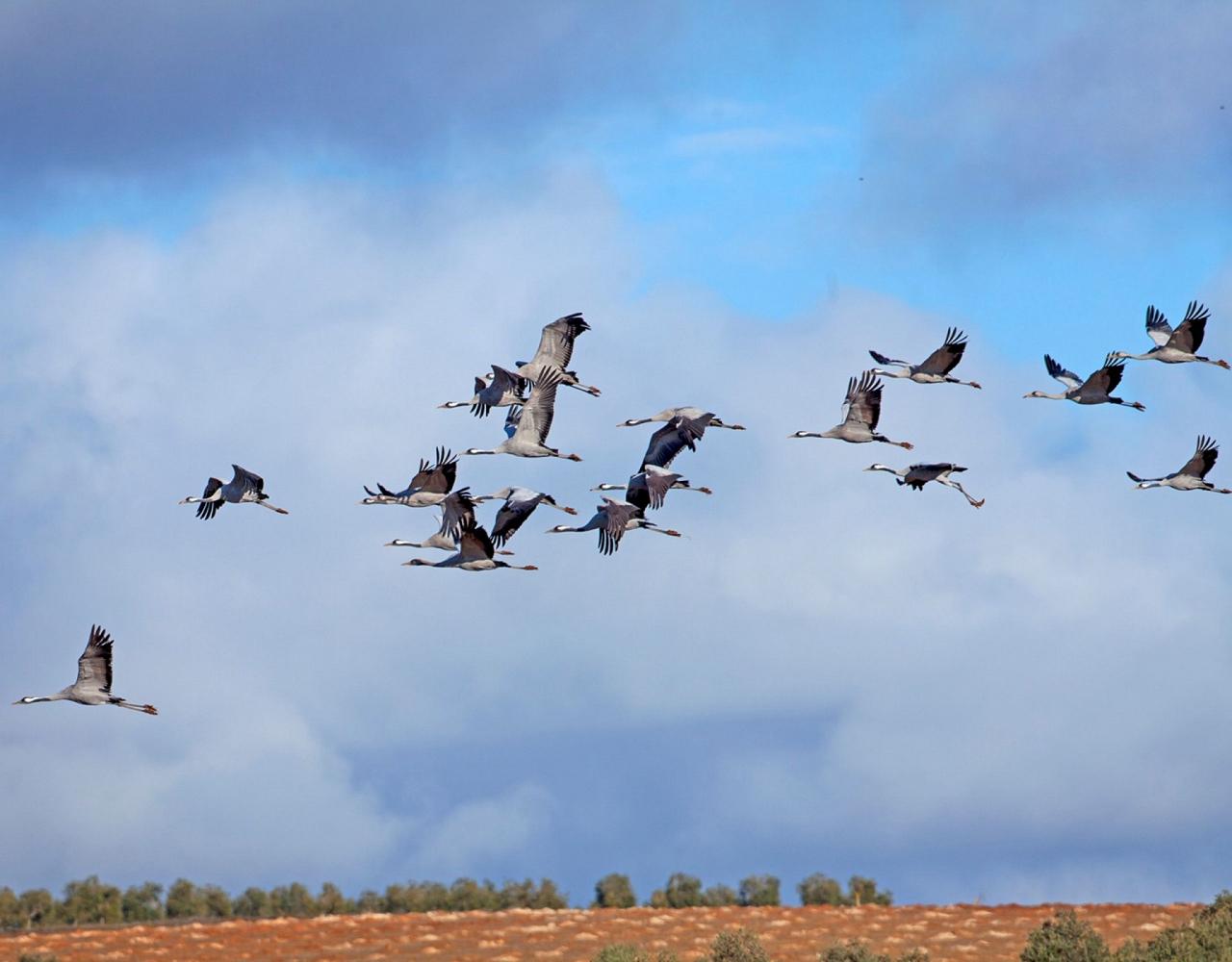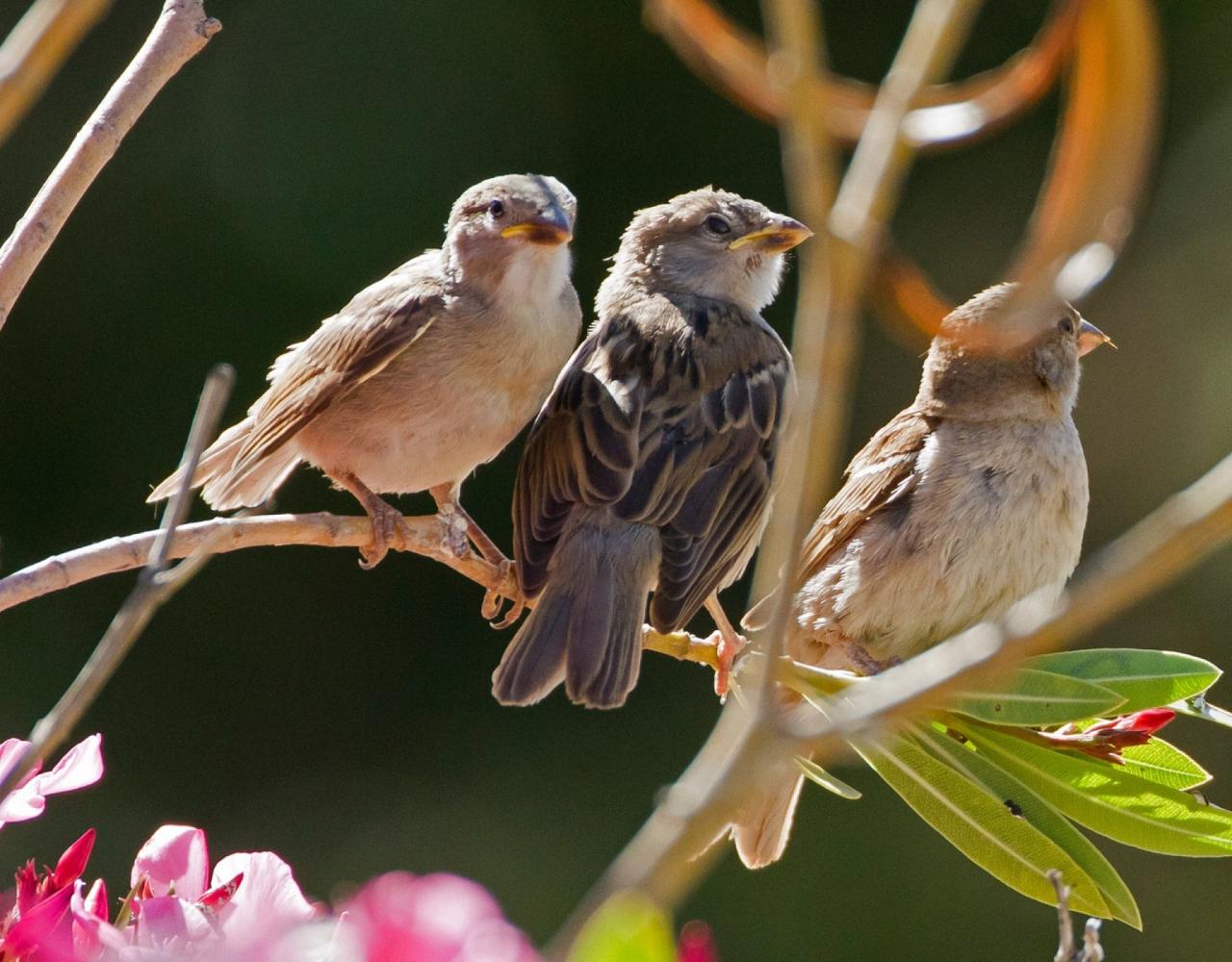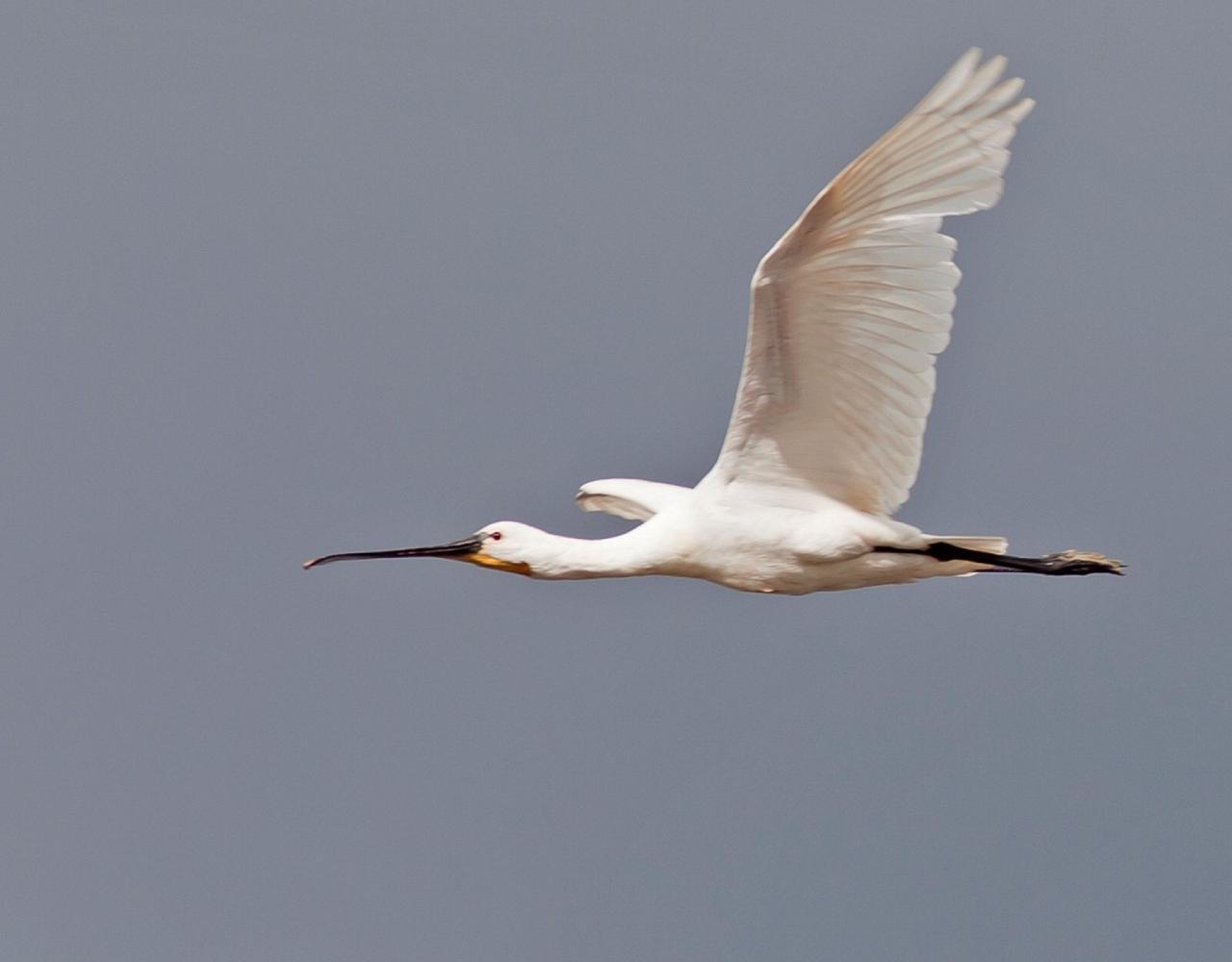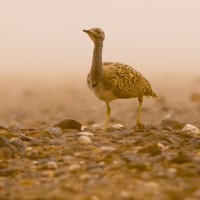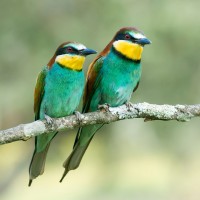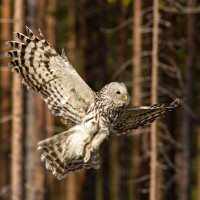- Overview
- Full Itinerary
- Photo Gallery
- Costing
- Travel Details
- Trip Reports
- Guides
- Map
- Know Before You Go
- Other Trips You May Like
Spain enjoys some of the richest and most exciting birding in all of Europe. It sits on a migratory pathway and with a wide variety of habitats, it is a top European birding destination. On this tour, our field days occur in scenic landscapes that include hilltop villages, historic churches, and shady groves.
We carefully crafted this tour with a good pace in mind. Spend several days each in three fabulous birding regions: Extremadura, Andalusia, and Castilla-La Mancha. Breeding birds are on territory as wildflowers come into bloom and paint the natural landscape. In addition to birding and natural history, we make time to experience the many cultural, architectural, and culinary delights that the lovely country of Spain has to offer.
Our spring Spain birding and nature tour begins in the mountains of Sierra de Gredos, a landscape of bottle-green pines, granite peaks, and alpine meadows. We then continue southward to the rolling grassland steppes and cork-oak forests of Extremadura, known for harboring the largest number and variety of nesting raptors in all of Europe. Then, we visit the wetlands of Doñana National Park, one of the largest and most important wetlands on the continent, in the region of Andalusia in southern Spain. On the last leg of our journey, we visit the Sierra Morena for the possibility of seeing Iberian Lynx, and to see the bird-rich lagoons of Castilla-La Mancha.
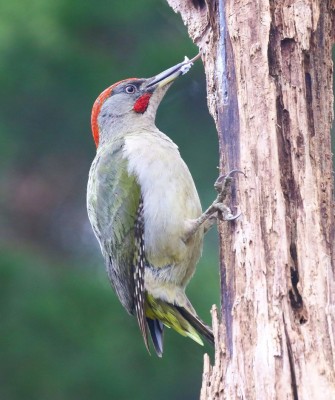
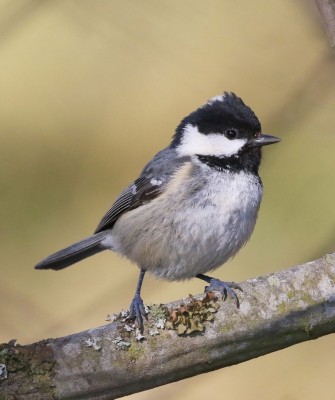
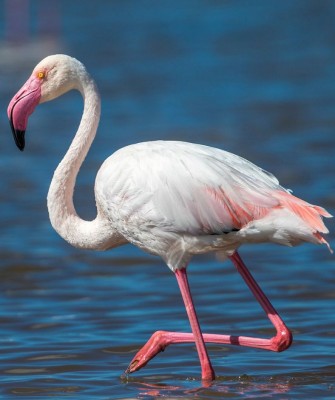
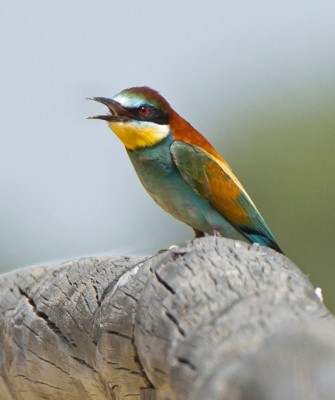
Tour Highlights
- Traverse through the unspoiled countryside of Extremadura, exploring the threatened grassland steppes in search of iconic species like Great and Little Bustard, Black-bellied and Pin-tailed Sandgrouse, Great Spotted Cuckoo, and six species of lark
- Witness the beauty of the granitic Sierra de Gredos while looking for Spanish Ibex, Ortolan Bunting, Rufous-tailed Rock-Thrush, and more
- Explore one of the largest and most important wetlands in Europe, Doñana National Park, and experience its rich diversity of water birds, including Greater Flamingo, Eurasian Spoonbill, Squacco Heron, and Collared Pratincole
- Immerse in the exquisite Romanesque and Moorish architecture of historic Sevilla
- Discover the great diversity of raptors (up to 20 are possible!) that Spain has to offer, with highlights including Cinereous and Egyptian Vulture, Spanish and Booted Eagle, and Montagu’s and Eurasian Marsh-Harrier
- Enjoy the rich dance and folkloric music traditions of southern Spain with an evening Flamenco performance
- Watch for the one-of-a-kind Bearded Reedling in the marshes of La Mancha, home to the famous windmills that inspired Miguel de Cervantes’s work Don Quixote
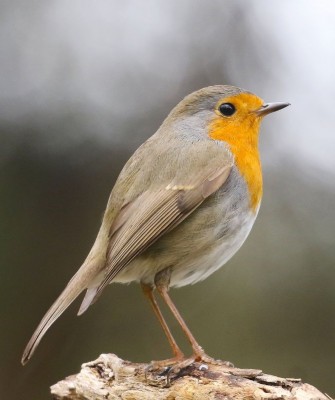
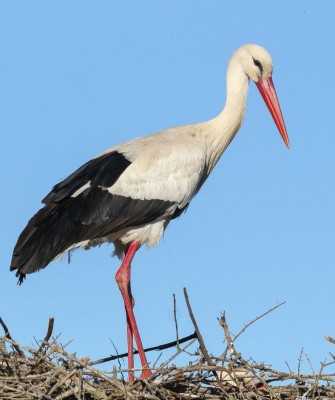
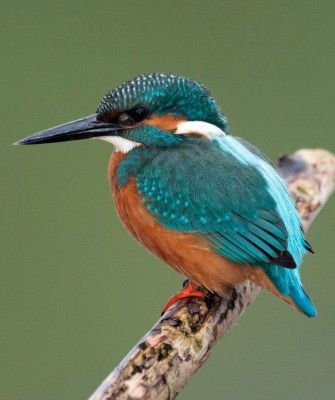
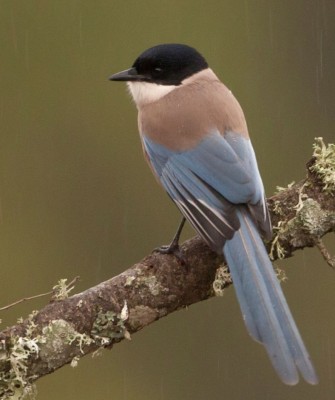
Trip Itinerary
Itineraries are guidelines; variations in itinerary may occur to account for weather, road conditions, closures, etc. and to maximize your experience.
Wed., Apr. 22 Arrivals in Madrid
Welcome to Spain! Please plan to arrive today at your leisure. We plan to assemble as a group for dinner this evening.
Accommodations in Madrid (D)
Thurs., Apr. 23 Transfer to Almagro
We awake this morning in Madrid and enjoy our first lovely Spanish breakfast. Then, we pack up and work our way to our accommodations for the next three nights in Almagro in the region of Castilla-La Mancha. On our way, we make sure to pass by the Campo de Criptana to enjoy the windmills featured so famously in Miguel de Cervates’s work Don Quixote.
Accommodations at Hotel Spa La Casa del Rector (B,L,D)
Fri., Apr. 24 Calatrava Steppes | Navaseca | Alcazar de San Juan Lagoons
The region of Castilla-La Mancha features gently rolling grasslands dotted by vineyards and olive groves. Occasionally, shallow lagoons interrupt the landscape—some fringed with reeds, while others are barren and saline—where waterbirds nest in large numbers.
We dedicate the morning to the Calatrava Steppes for both Little Bustard and Pin-tailed Sandgrouse, while also looking for other species of open country such as various larks (Greater Short-toed, Thekla, Crested). Afterwards, we visit the Navaseca Lagoon, which is home to a large concentration of nesting waterfowl, flamingos, and gulls, including the endangered White-headed Duck. Secretive waterbirds are often hiding amongst the reeds, so it pays to inspect the shore carefully for Water Rail and Little Bittern. Other birds that inhabit the lagoon include Eurasian and Great Reed-Warbler, Savi’s Warbler, and Zitting Cisticola.
Accommodations at Hotel Spa La Casa del Rector (B,L,D)
Sat., Apr. 25 Tablas de Daimiel National Park | Calatrava Castle
We visit two major areas today in Castilla-La Mancha: Tablas de Daimiel National Park and Calatrava Castle.
Tablas de Daimiel National Park, our first point of exploration for the day, is a critically important remnant of floodplain wetland in the arid interior of Spain. Large numbers of breeding and migratory birds pass through this oasis. Despite being Spain’s smallest national park, it boasts over 80 species of breeding birds! Several new bird species we hope to see here today include Bearded Reedling, Eurasian Penduline-Tit, Moustached Warbler, Savi’s Warbler, and Reed Bunting. The Bearded Reedling is especially interesting, being the sole member of a unique songbird family with no close living relatives.
The Calatrava New Castle, the largest medieval castle in all of Spain, is part of the stunning Sierra Morena, a ridge of mountains traversed with rocky gorges and cloaked in Holm Oak forest. A host of interesting species occur in this beautiful and unspoilt place: Eurasian Golden Oriole, Hawfinch, Cirl Bunting, Black Wheatear, Rock Bunting, and Great Spotted Cuckoo are just some of the few. This ancient watch tower offers sweeping views of the surrounding mountains and countryside. We enjoy the castle until close to sunset to soak in the panorama.
Accommodations at Hotel Spa La Casa del Rector (B,L,D)
Sun., Apr. 26 Almagro to Doñana
Today, we head out early to Doñana with a cultural stop in the heart of Córdoba. This ancient city was originally a Roman settlement, exchanging hands multiple times over the course of its history. The historic center of Córdoba, home to many notable pieces of Moorish architecture, is now a UNESCO World Heritage Site.
Afterwards, we continue our scenic drive south into Andalusia, the southernmost autonomous community in Spain. The landscape becomes progressively more tropical, with more palms, stone pines, and subtropical flowering trees. We arrive at Hotel Ardea Purpurea around noon just in time for an exquisite lunch. After lunch and a siesta, we visit Dehesa Abajo only thirty minutes away. This portion of the park features a good example of the primitive original forest that once blanketed large parts of Andalusia, Spain. This woodland attracts numbers of European Bee-eater. Surrounding wetlands attract large numbers of Red-crested and Common Pochard, Greater Flamingo, Great Crested Grebe, and more. We search through these large rafts of waterfowl for less common ones such as Marbled Teal, White-headed Duck, and Red-knobbed Coot.
Accommodations at Hotel Ardea Purpurea at Villamanrique de la Condesa (B,L,D)
Mon., Apr. 27 Doñana National Park
Doñana National Park, one of the largest and most important wetlands in Europe, encompasses thousands of acres of marshes (marismas) at the mouth of the Guadalquivir River. This park has over 127 breeding species including many that are globally threatened such as White-headed Duck, Spanish Eagle, and Marbled Teal. Over the next few days, we have an opportunity to visit many of the habitats in this area to sample the high diversity of species.
On our first morning, we visit several birding sites just south of Seville. Our first stop is the Laguna La Mejorada at Los Palacios y Villafranca. In the early morning, a large variety of normally shy birds perch out on open branches and sing, including both Common Nightingale and Western Olivaceous Warbler. This small site also functions as a migrant trap, attracting increasingly uncommon migrants such as European Turtle-Dove. Further south, we spend time at the Salinas de Bonanza to observe large numbers of Greater Flamingo, Pied Avocet, Slender-billed Gull, and a rich supporting cast of migratory shorebirds. Nearby, the town of Chipiona has one of the few colonies of Little Swift in all of Europe.
After a delightful lunch and a rest, we head to the wetlands that flank the Caño del Guadiamar. This productive area is home to hundreds of herons, egrets, spoonbills, storks, grebes, terns, and more! The reeds and tamarisks are full of both singing Eurasian Reed-Warbler and Great Reed-Warbler. Waterbirds include Western Swamphen, Purple Heron, Whiskered Tern, Great Crested Grebe, and Glossy Ibis.
An optional night walk may produce some exciting nocturnal species: Eurasian Scops-Owl, Little Owl, Tawny Owl, and Red-necked Nightjar.
Accommodations at Hotel Ardea Purpurea at Villamanrique de la Condesa (B,L,D)
Tues., Apr. 28 Doñana National Park
We dedicate our second morning here to visit a restricted area of Doñana National Park. Here, we find two important ecosystems: the Mediterranean woodland and wetlands. Our goal in the pine and cork oak woods is Iberian Lynx, one of the most endangered wild cat species in the world. The population is in decline due to sharp declines in rabbit populations (it preys exclusively on European Rabbit), as well as fragmentation of habitat. Doñana is one of the two last strongholds for this species.
Afterwards, we drive to La Rocina Visitor Center of Doñana, which features forests of stone pine (the main source for pine nuts used in pesto!), lush ponds, and Mediterranean scrub. We enjoy a variety of songbirds in this forest mosaic, including Eurasian Golden Oriole, Iberian Magpie, Savi’s Warbler, Spotted Flycatcher, Dartford Warbler, and others.
After a sumptuous seaside lunch, we stop along the way to the lodge at the Bird Center of SEO/Birdlife in El Rocío (Spain’s strangest town) to walk along the edge of the wild lagoons and marshes of Doñana National Park. This is one of the best birding spots in the region. A nice visitor center and several trails allow us to explore the surrounding area and sample the birdlife in both the woodlands and marshes: Greater Flamingo, Pied Avocet, Eurasian Reed-Warbler, Cetti’s Warbler, Little Ringed Plover, and others. This is also an opportunity to visit the Hermitage of El Rocío, the destination site for an annual pilgrimage that brings together roughly a million people each year to venerate the Virgin of El Rocío.
In the evening, we attend a flamenco show. This professionalized art-form has clear traces of both Spanish and Arabic folk melodies. The dance itself is known for its emotional intensity and rhythmic stamping of the feet.
Accommodations at Hotel Ardea Purpurea at Villamanrique de la Condesa (B,L,D)
Wed., Apr. 29 Odiel Marshes
Today, we visit the Odiel Marshes Nature Reserve. Declared a Biosphere Reserve by UNESCO in 1983, this protected area is a paradise for birds with its salt pans, lakes, sandbanks, tidal channels, and rivers. Eurasian Spoonbill, the emblem of the reserve and the species responsible for the area’s protected status, is featured among the many other bird species we hope to see here.
Along the coast, we search for two rare gulls typical of the Mediterranean region: Slender-billed and Audouin’s. The Odiel Marshes are also an important area for charismatic European shorebirds, and we hope to see a nice sampling: Kentish Plover, Eurasian Curlew, Black-tailed Godwit, Little Stint, Common Redshank, and more.
At some point during the day today, we have the option to visit the place where Christopher Columbus organized his voyages of discovery to the Americas—a monastery where Columbus sought the aid of Franciscan brothers in advancing his idea.
Accommodations at Hotel Ardea Purpurea at Villamanrique de la Condesa (B,L,D)
Thurs., Apr. 30 Doñana to Trujillo
After breakfast, we journey north this morning to the region of Extremadura. We enjoy a picnic lunch at Magacela Castle, the ancient remains of a Roman fortress and home to several birds that enjoy the rocky outcrop—Red-billed Chough, Blue Rock-Thrush, Black Wheatear, and Black-eared Wheatear. As we continue northward, we visit the steppes near Zorita in search of Bonelli’s Eagle, Great Bustard, European Roller, and more.
It does not take long after Zorita to arrive in the city of Trujillo, the city of conquistadors. We watch the sunset atop Trujillo’s most prominent castle, allowing us to enjoy magnificent views of the town and plains that stretch out beyond it as far as the eye can see – and which we explore in the days to come. Eurasian Jackdaw nest in old crags of the castle, while European Goldfinch and Serin feed in the weedy patches around its base. Even here in the middle of town, there is so much bird life!
Accommodations at Palacio de Arenales & Spa (B,L,D)
Fri., May 1 Monfragüe National Park
The landscape in and around Monfragüe National Park features a park-like woodland of cork and evergreen oaks (called dehesa), a result of centuries of traditional, low-intensive farming. Ruins and rocky cliffs dot the park, while rivers and reservoirs irrigate it. All these features result in a rich and varied animal life, making Monfragüe probably the best location for birding in Extremadura—a region known for harboring the largest collection of raptors in both number and diversity in all of Europe!
We enjoy this 70-square mile park and all it has to offer over the course of the day, from its ancient castle to its high concentration of Eurasian Griffon Vulture, one of the largest in all of Europe. We are also on the lookout for Spanish and Bonelli’s Eagles, Cinereous and Egyptian Vultures, Black Stork, Rock Bunting, Woodchat Shrike, and many more in this picturesque and birdy area. We also have a good chance to observe and photograph the regionally endemic Iberian Magpie. Incredibly, this bird’s closest relatives are found in East Asia!
Accommodations at Palacio de Arenales & Spa (B,L,D)
Sat., May 2 Plains of Trujillo & Cáceres
Lying between the two historic towns of Trujillo and Cáceres, the Llanos de Cáceres y Trujillo have been declared Special Protection Areas for Birds (SPAB) because of their high ornithological value. Traditional farmers herd their sheep to graze in these grasslands, as they have done for hundreds of years, for the production of cheese and wool. Due to this sustainable land use, many bird species that are rare elsewhere manage to thrive here. Raptors continue to play a prominent part of our birding as we explore the steppes: Montagu’s Harrier, Short-toed Snake-Eagle, Red Kite, and more. By scanning the fields in the early morning, we hope to also see the statuesque Great Bustard, colorful European Roller, and elusive Great Spotted Cuckoo.
After lunch, there is time to explore the central square of Trujillo, featuring many churches, museums, and a prominent castle. There is great potential for interesting birding even here—Pallid Swift, Lesser Kestrel, Black Redstart, and White Stork are all possible around the ancient buildings. As the day cools off, we head out again into the steppes to enjoy any birds we may have missed in the early morning.
Accommodations at Palacio de Arenales & Spa (B,L,D)
Sun., May 3 Trujillo to Sierra de Gredos
After breakfast, we make the relatively short drive north to the Arrocampo Reservoir to see waterbirds. Created to supply cooling water to a nuclear power station, this large body of water with its many bays, inlets, and marshes provides excellent habitat for myriad water birds such as Purple Heron, Savi’s Warbler, Western Swamphen, and Eurasian Marsh-Harrier. To make viewing easier, there are several hides we can use at different locations.
Then, we begin to gain elevation as we reach our final site: Navarredonda de Gredos. We venture into the nearby forest in the afternoon in order to search for White-throated Dipper, Citril Finch, and other high elevation specialties. We may also see Ocellated Lizards sunning themselves on the rock walls.
Accommodations at Hostal Almanzor Gredos (B,L,D)
Mon., May 4 Sierra de Gredos
Set high in the mountains, our hotel offers lovely views of distant snowy peaks and lush pinelands. This morning, we drive up to “La Plataforma” of the Sierra de Gredos Natural Reserve. Black Redstart, Northern Wheatear, Rock Bunting, and Water Pipit are common breeders in the alpine meadows found in the higher reaches of the park. By hiking slowly, we also hope to see less common denizens such as Rufous-tailed Rock-Thrush, Ortolan Bunting, and Spanish Ibex. Areas of extensive broom even hold an endemic subspecies of the lovely Bluethroat. In the late morning, we should also see our first Eurasian Griffon soaring overhead.
After a delicious lunch, we walk along a nearby pineland trail that hosts a large variety of classic European woodland species: European Pied Flycatcher, Eurasian Jay, Crested Tit, Coal Tit, Eurasian Nuthatch, Firecrest, Goldcrest, Eurasian Blackcap, and more. Many of these species either do not occur or are much less common further south, reaching the southern limit of their distribution here.
Accommodations at Hostal Almanzor Gredos (B,L,D)
Tues., May 5 Departures
Today, we bid farewell to this lovely area with some optional pre-breakfast birding from the terrace before heading back to Madrid. We say farewell at the Adolfo Suárez Madrid–Baraja International Airport, full of memories of an incredible wildlife and cultural experience in Spain. Please schedule departures after 2:00 PM. (B)
Cost of the Journey
Cost of the journey is $6990 DBL / $7690 SGL per person from Madrid, Spain, based on double occupancy.
Included: accommodations for 13 nights, meals as specified in the itinerary, professional guide services, local guides, local park and reserve entrance fees, and miscellaneous program expenses.
NEW! all tips other than your NJ guide (optional) and local guide are included (this includes tips for your driver, lodge and staff, day activities, meals and other services).
Not included: roundtrip airfare to or from Madrid, airport transfers, or items of a personal nature such as: laundry, telephone, drinks from the bar, or gratuities for porterage or personal services. This tour was priced in Euros, on April 16, 2025. 1.00 Euro = 1.08712 USD / 1 USD = 0.919859 EUR. If a significant shift in this rate occurs, we will need to adjust tour pricing accordingly, up to the time that final payment is made.
Travel Details
Please plan to make air travel plans only after the minimum group size has been met. We will send you a confirmation email as soon as the trip has been confirmed.
Arrival and Departure Airport: Adolfo Suárez Madrid–Barajas Airport (MAD)
Arrival Details: Plan flights to arrive April 22, 2026 at your leisure.
Departure Details: Plan flights to depart May 5, 2026 after 2:00 PM.
Travel Tips: If you arrive early to rest up from your travels, we suggest booking an early night at our first night tour hotel, the 1881 Madrid Ventas Hotel. You can book this online and send us the confirmation number with the goal being you don’t have to switch rooms. There are also many hotels close to the airport if you wish to stay in that area after your flight. We have some recommendations below. If you are interested in exploring Madrid and want to stretch your legs after the long flight, consider a visit to Parque del Retiro, a large park in the center of Madrid. It features many walking paths, a large pond, and is also good for birding. Just a 5 minute walk from Parque del Retiro is the Prado National Museum, which has one of the largest art collections in the world featuring world renown European artists. And if you’d like to see the largest palace in Europe, the Royal Palace of Madrid is also in the downtown area. It has fascinating architecture, an extravagant interior, and an impressive collection of art and historical artifacts. The easiest method of transportation in Madrid is a taxi, although Uber is also available.
Hotel recommendations near the airport: Hilton Madrid Airport Madrid Marriott Auditorium
Browse below for trip reports and species lists from past versions of this and other tours from this destination.
Spain
- May 2018
- May 2019
- September 2021
- April 2022
- September 2022
- April 2023
- September 2023
- April 2024
- April 2025
-
Manuel Morales - Spain and Morocco Expert
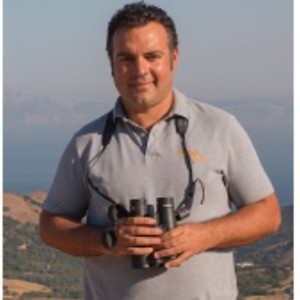
Since the beginning of his Environmental Sciences studies in Huelva, Spain, Manuel has combined the university with volunteering for SEO Birdlife and Doñana Biological Station, in addition to working as an environmental educator in the Odiel Marshes. Later, in 2007 he became an expert ringer by the EBD (Doñana Biological Station). Since 2012 he has been managing and acting as leading guide while teaching Zoology for the University of Huelva. Manuel has given numerous talks and taught courses for SEO Birdlife and worked in Doñana National Park in several bird banding and tracking projects for the Andalusian Government and Station Biological of Doñana (Glossy Ibis, Spoonbill, Black Kites, Black-necked Grebe…) Based in Tarifa, in the Cadiz region of Spain, he will lead tours to Spain and Morocco for Naturalist Journeys.
Other trips with Manuel Morales - Spain and Morocco Expert
-
Stephen Grace
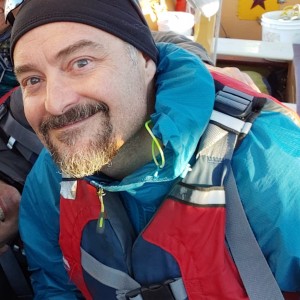
Stephen is an award-winning author, natural history educator and conservationist. He has also contributed to documentary films, and his nature photography has been widely published. Over the past two decades, he has introduced groups of travelers to nature and culture in destinations as varied as Uganda, New Zealand and Alaska.
After moving from Colorado to the Oregon coast, Stephen was captivated by the sight of a Tufted Puffin carrying fish back to its burrow, and the first time he heard a Swainson’s Thrush sing, he knew his life would never be the same. He has been studying birds and sharing their beauty with people ever since.
Formative experiences during Stephen’s journey as a naturalist have included tagging along as a teenager with his grandparents in Madera Canyon, where he absorbed their love of Arizona’s sky islands; helping people with different ability levels experience the Yellowstone ecosystem when he lived in Jackson Hole, Wyoming; and sailing aboard a historic schooner to share the wonders of the Salish Sea with students.
Now based in Port Townsend, Washington, Stephen explores the Pacific Northwest by backpacking, paddleboarding, snorkeling, biking, trail running, and skiing. His wide-ranging natural history pursuits include coring trees to count their growth rings, identifying bats by analyzing their biosonar signals, hunting mammoth tusks in Pleistocene bluffs, searching for the elusive Rubber Boa, preserving native prairie, raising awareness about plankton, and leading sea slug safaris.Other trips with Stephen Grace
-
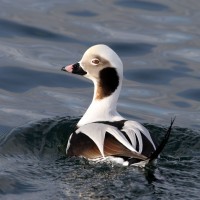 Olympic Peninsula Fall Explorer Two spaces left!September 4 - 11, 2025
Olympic Peninsula Fall Explorer Two spaces left!September 4 - 11, 2025 -
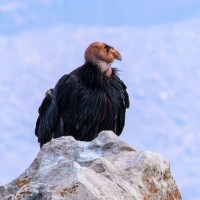 Birding Canyon Country Only one space left!September 16 - 24, 2025
Birding Canyon Country Only one space left!September 16 - 24, 2025 -
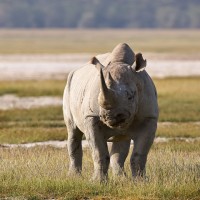 Northern Tanzania: Wildlife & Birding Safari CLOSED - See our 2026 Africa departures!October 12 - 23, 2025, w/Amboseli & Nairobi National Parks extension
Northern Tanzania: Wildlife & Birding Safari CLOSED - See our 2026 Africa departures!October 12 - 23, 2025, w/Amboseli & Nairobi National Parks extension -
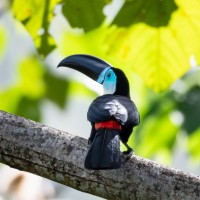 Thanksgiving in Trinidad & Tobago Only two spaces left!November 22 - December 1, 2025
Thanksgiving in Trinidad & Tobago Only two spaces left!November 22 - December 1, 2025 -
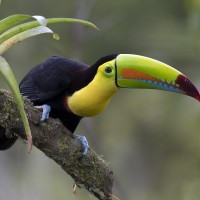 Christmas in Costa Rica Only one room left!December 22 - 29, 2025
Christmas in Costa Rica Only one room left!December 22 - 29, 2025 -
 India: Birds, Tigers & the Taj Mahal FULL - Check out Thailand: Birding & Nature!January 27 - February 10, 2026
India: Birds, Tigers & the Taj Mahal FULL - Check out Thailand: Birding & Nature!January 27 - February 10, 2026 -
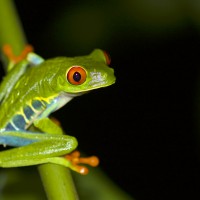 Costa Rica: Birding Across the Continental Divide Arenal Observatory & More!February 16 - 25, 2026
Costa Rica: Birding Across the Continental Divide Arenal Observatory & More!February 16 - 25, 2026 -
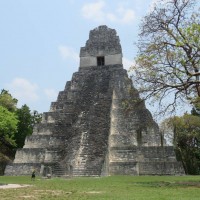 Best of Guatemala: Birding & Culture Only two spaces left!March 10 - 20, 2026, w/Tikal extension
Best of Guatemala: Birding & Culture Only two spaces left!March 10 - 20, 2026, w/Tikal extension -
 Trinidad & Tobago: Incredible Birds & WildlifeApril 10 - 19, 2026
Trinidad & Tobago: Incredible Birds & WildlifeApril 10 - 19, 2026 -
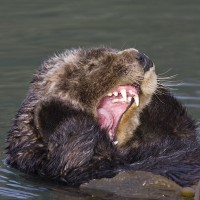 Olympic Peninsula Spring ExplorerMay 11 - 18, 2026
Olympic Peninsula Spring ExplorerMay 11 - 18, 2026 -
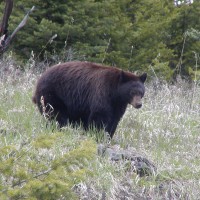 Yellowstone: Birds, Bears & WildlifeJune 4 - 10, 2026
Yellowstone: Birds, Bears & WildlifeJune 4 - 10, 2026 -
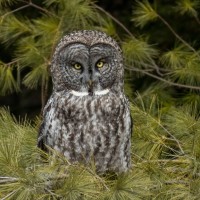 Western CanadaJune 18 - 28, 2026
Western CanadaJune 18 - 28, 2026 -
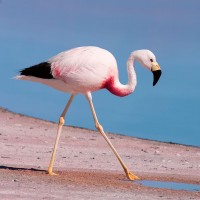 Peru's Avian & Archaeological WondersJuly 10 - 20, 2026, w/Machu Picchu extension
Peru's Avian & Archaeological WondersJuly 10 - 20, 2026, w/Machu Picchu extension -
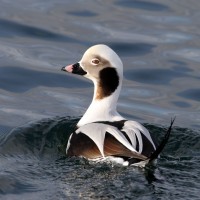 Olympic Peninsula Fall ExplorerSeptember 10 - 17, 2026
Olympic Peninsula Fall ExplorerSeptember 10 - 17, 2026
-
Essential Information +
Pace & Protocols +
Packing List +
Suggested Reading List +
Useful Links +
Photo credits: Banners: Greater Flamingo (Carlos Sanchez), European Bee-eater (Pieter Verheij), Greater Flamingos (Carlos Sanchez), Black-winged Stilt (Pieter Verheij), Spanish Festoon (Carlos Sanchez), White-headed Duck (Pieter Verheij) Thumbnails: Iberian Green Woodpecker (Carlos Sanchez), Coal Tit (Carlos Sanchez), Greater Flamingo (Carlos Sanchez), European Bee-eater (Pieter Verheij), European Robin (Carlos Sanchez), White Stork (Carlos Sanchez), Common Kingfisher (Tom Dove), Azure-winged Magpie (Pieter Verheij)






